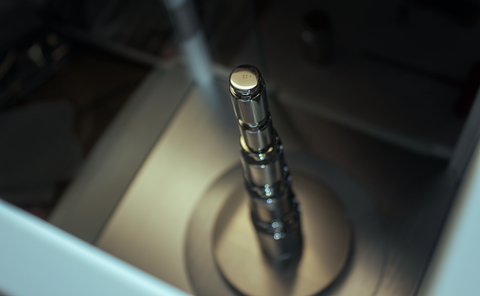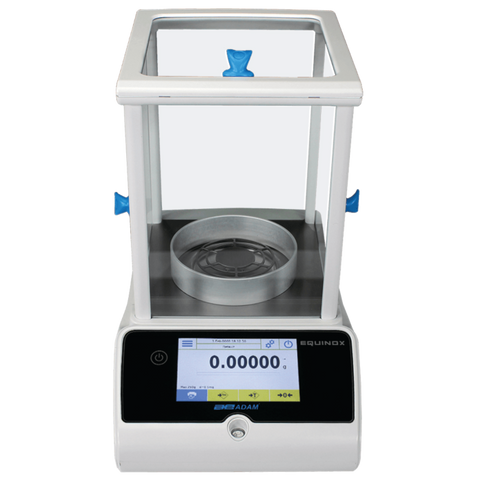
How to Use Internal Calibration on Your Weighing Scale or Balance
A correctly calibrated weighing scale is vital if you need accurate weighing results. And who doesn’t? Luckily, some weighing scales and balances have internal calibration, which makes life much easier. What is internal calibration, how often should it be done, and how do you do it? Find out in this blog.
Understanding Internal Calibration
What’s Internal Calibration?
Calibration for weighing scales and balances is the process of comparing known weights, such as one gram, to the results of the scale to guarantee that the scale or balance is accurate over time. If the display reads anything other than exactly one gram, the calibration process will set the scale straight again.
During external calibration, a qualified professional would manually place calibration weights on and off the scale to ensure the readings are accurate. When scales offer internal calibration, on the other hand, it means that the scale can calibrate itself, as it essentially has those weights built into the hardware. It’s much less work on your part and when working with precision or analytical balances, it’s often more accurate as well.

Calibration weights need to be treated with extreme care to preserve their exact weight measurement. For more detail on this, see our blog The Care and Keeping of Calibration Weights. In comparison, the calibration weights inside an internally calibrated scale are inaccessible and thus less prone to human mistreatment.
How Often Should Your Scale Be Calibrated?
We recommend calibration at least every few weeks or months for scales of higher precision, such as precision, analytical and semi-micro balances. When highly precise scales begin to drift after a while without calibration, the resulting errors can have significant consequences. For example, medications having incorrect quantities of chemicals! For other, less precise scales such as bench, compact, floor and platform scales, we recommend calibration at least once a year.
While external calibration takes time out of your workday since someone needs to be present to calibrate, many balances allow you to pre-schedule internal calibration to occur in the early morning or in the evening, when nobody is at work. When it’s not a hassle, it’s easier to calibrate more often!
Steps to Perform Internal Calibration
1. Preparation
Before internal calibration can be scheduled or set to run, there are a few things to prepare. This will help ensure that the calibration will be the most effective. The first is cleaning the weighing surface so that there’s no dust or debris that will skew the results. The second is double checking that your balance is on a stable surface (or Anti-Vibration Table) and is as level as possible. Should your balance experience any disruption such as vibrations or air drafts during calibration, this may negatively impact the effectiveness of the calibration session. Likewise, so will a scale that isn’t level.
2. Accessing the Internal Calibration Feature
All balances are different, so we can’t tell you where the internal calibration feature will be on the one you own. However, we can use a balance in the Inscale product lineup as a reference. Let’s look at the Adam Equinox Analytical and Semi-Micro Balances, specifically the models with an “i” at the end, which stands for “internal”. Of note, balances with internal calibration can also be calibrated externally, if you choose.

The Equinox offers a Calibration Menu under Settings where you can select your preferences. There are two different choices, Internal and Automatic.
3. Using the Internal Calibration Feature
If you select Internal, the balance will automatically begin the calibration process through the motorised auto-calibration internal system once you hit Calibrate. Should you select automatic, you can set a length of time between 60 and 999 minutes, after which the balance will automatically begin to calibrate. Very simple!
4. Verifying Calibration Results
This step is optional depending on how much you trust your own preparation and how experienced you are with calibration. Test weights can come in handy here too, placing one on the pan just to verify that the balance provides the correct weight. If it doesn’t, there are a few things you could consider. For example, the environmental factors as well as the age of the balance. You could try calibrating in a different location, or perhaps your balance is simply past its prime. Adam Equipment outlines some signs that your balance needs to be replaced in their blog here.
If you’re still unsure about how to use internal calibration or whether it applies to your balance, you can contact the Inscale team at 01908 972 660 for help.

Leave a comment